
HP Liquid Chromatography (Laboratory Manual)
High-performance liquid chromatography or commonly known as HPLC, is an analytical technique used to separate, identify or quantify each component in a mixture. The mixture is separated using the basic principle of column chromatography and then identified and quantified by spectroscopy.

Technical Books on Forensic Science and Forensic Medicine Anil
The schematic block diagram of LC-MS detection is figure 1. The different parts of LC-MS instrument a. b. Liquid Spectrometry Chromatography separation of components is a Chroma performance ography (HPLC): of mixture liquid The Liquid Chromatography chromatography be carried in liquid mobile and solid stationary are different of
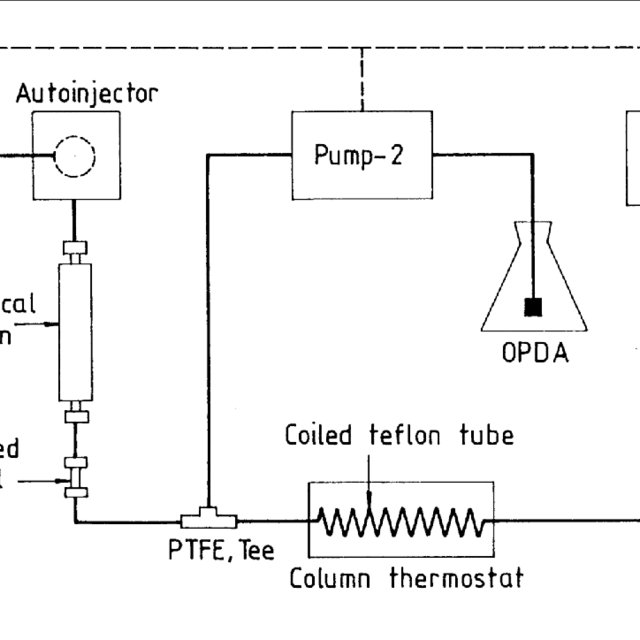
Block diagram of the HPLC system with inline postcolumn oxidation and
Figure 12.5.13 shows a block diagram of a typical HPLC-MS instrument. The effluent from the column enters the mass spectrometer's ion source using an interface the removes most of the mobile phase, an essential need because of the incompatibility between the liquid mobile phase and the mass spectrometer's high vacuum environment..

laptop diagram Schematic Diagram Hplc Instrument Diagram
Most modern HPLC pumps have at least one pair of reciprocating pistons. One piston delivers the flow while the other aspirates the mobile phase at a programmed flow rate. Piston switching in pumps uses either one motor with a cam drive or multiple linear drive motors - one for each piston. The pistons are either series or parallel, with the.

Chemistry Net What is Liquid Chromatography? What is HPLC (High
High-performance liquid chromatography ( HPLC ), formerly referred to as high-pressure liquid chromatography, is a technique in analytical chemistry used to separate, identify, and quantify specific components in mixtures. The mixtures can originate from food, chemicals, pharmaceuticals, [1] biological, environmental and agriculture, etc, which.

Block diagram of the HPLC system with inline postcolumn oxidation and
Block diagram of the HPLC system with in-line postcolumn oxidation and derivatization. Source publication Simple In-Line Postcolumn Oxidation and Derivatization for the Simultaneous Analysis of.

Schematic diagram of a typical HPLC or HPIC setup with a simple
production and marketing for HPLC columns. Later, his interest focused on large-scale (process) purification. He gained a global view on pharmaceutical large-scale workflows as business development manager and sales specialist with a strong focus on India and Asia where he successfully offered total solutions.

Hplc
Block diagram of an HPLC-MS. A three component mixture enters the HPLC. When component A elutes from the column, it enters the MS ion source and ionizes to form the parent ion and several fragment ions. The ions enter the mass analyzer, which separates them by their mass-to-charge ratio, providing the mass spectrum shown at the detector..

Exam 2 1992
Rice University via OpenStax CNX. High-performance liquid chromatography (HPLC) is a technique in analytical chemistry used to separate the components in a mixture, and to identify and quantify each component. It was initially discovered as an analytical technique in the early twentieth century and was first used to separate colored compounds.
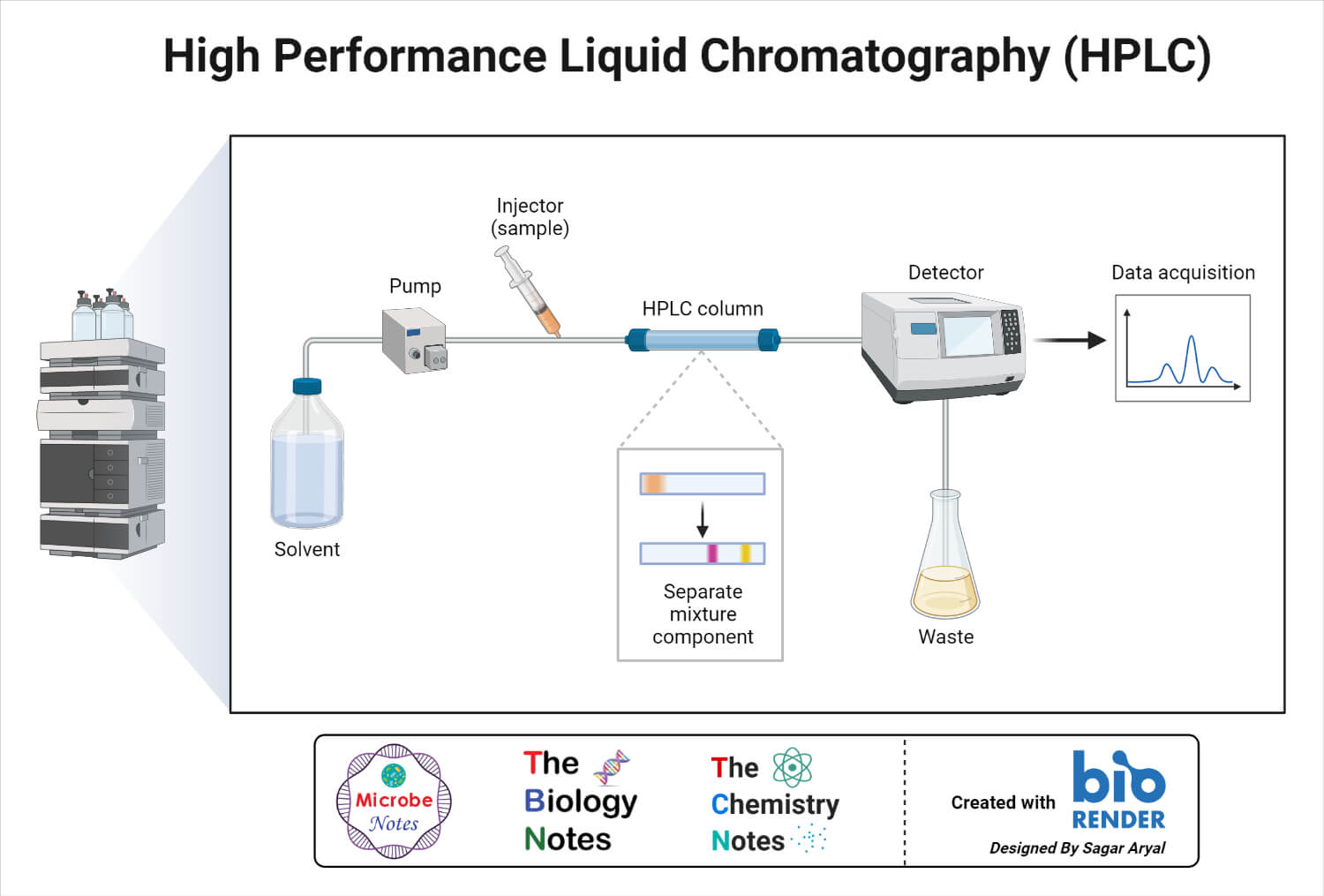
HPLC Definition, Principle, Parts, Types, Uses, Diagram
A basic block diagram of an HPLC is shown in Figure 1. Figure 1: Block Diagram of an HPLC Your desired solvent mixture travels through capillary tubes, from the solvent reservoir to the pump, where it is becomes highly pressurized. The pump is also used to control the flow rate of the mobile phase substance,which is typically measured in mL/minute.

HPLC METHOD DEVELOPMENT A REVIEW research journal
In this study, we developed a novel offline high-performance liquid chromatography (HPLC) method based on 2,2′-azobis(2-amidinopropane) dihydrochloride (AAPH) radicals for antioxidant screening.
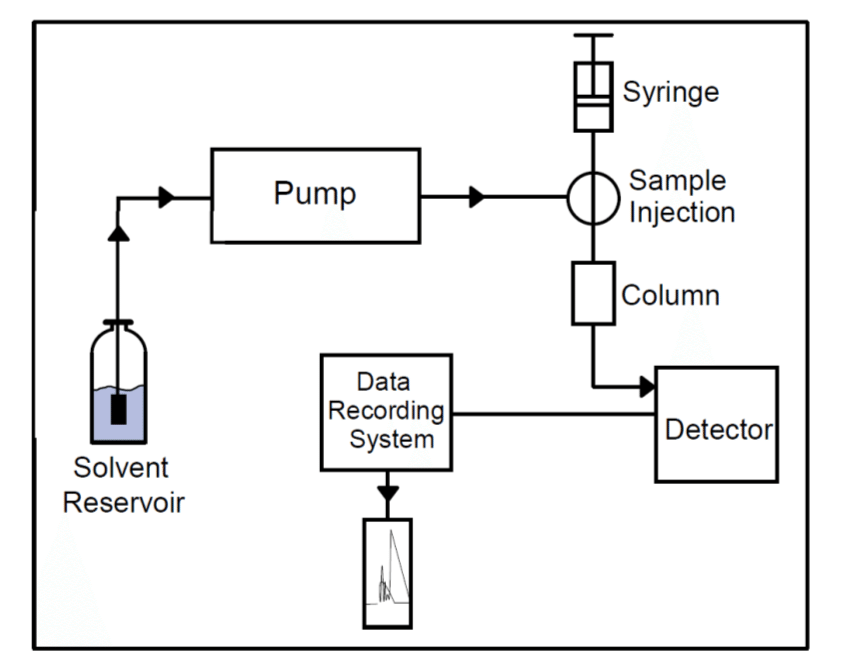
A Basic HPLC System Configuration Download Scientific Diagram
Figure 12.50 shows a block diagram of a typical HPLC-MS instrument. The effluent from the column enters the mass spectrometer's ion source using an interface the removes most of the mobile phase, an essential need because of the incompatibility between the liquid mobile phase and the mass spectrometer's high vacuum environment. In the.
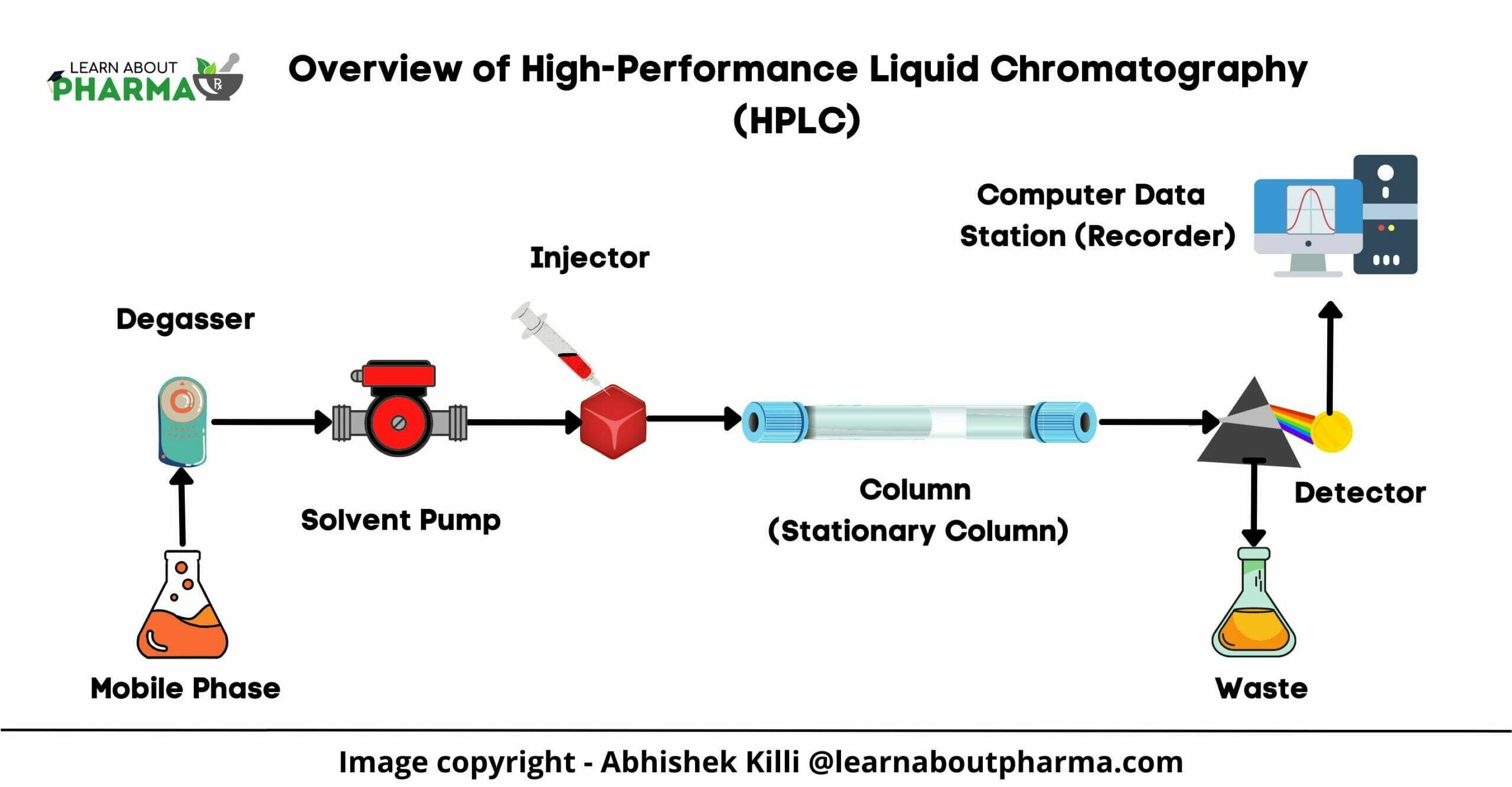
HPLC Definition, Principle, Diagram, Instrumentation, Types and
The block diagram of an HPLC (High-Performance Liquid Chromatography) instrument illustrates the various components and their interactions to facilitate the separation and analysis of different chemical compounds. HPLC is a widely used analytical technique in laboratories for its high efficiency and accuracy.

What is HPLC (High Performance Liquid Chromatography) ? SHIMADZU
Fig.2 shows the HPLC flow diagram and the role of each component. Fig.2 HPLC Flow Diagram As for HPLC, the pump delivers the mobile phase at a controlled flow rate (a). Air can easily dissolve in the mobile phase under the standard atmospheric pressure in which we live in.

Block Diagram Hplc Photos Cantik
HPLC is a technique for disjointing, determinating, and quantifying each component in a mixture. Spectroscopy is used to identify and quantify the mixture, which is separated using the fundamental concept of column chromatography.
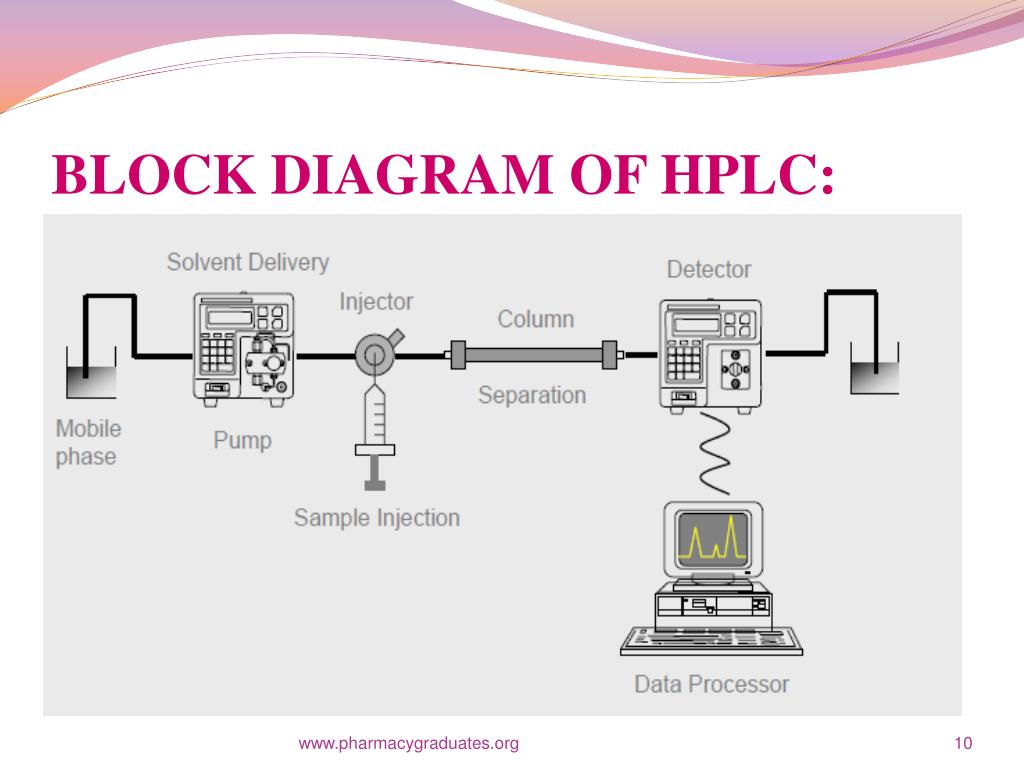
PPT “DEVELOPMENT AND VALIDATION OF SIMPLE ANALYTICAL METHODS FOR THE
HPLC system diagram. Click to enlarge An HPLC instrument generally has four major hardware components: a pump, an autosampler, a column compartment, and a detector. Many factors, including mobile phase composition, stationary phase chemistry, and temperature, influence HPLC separations.